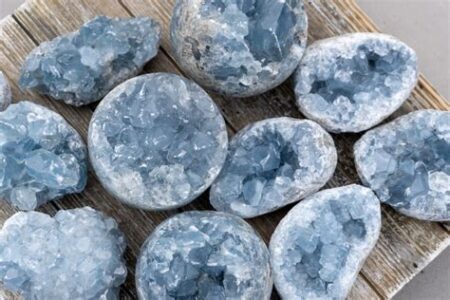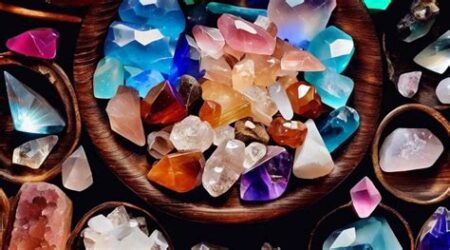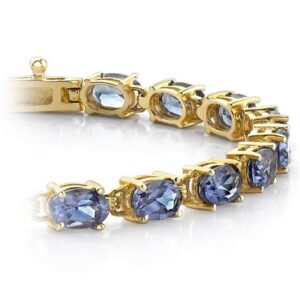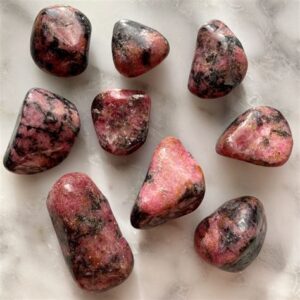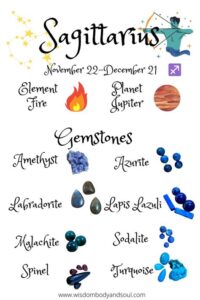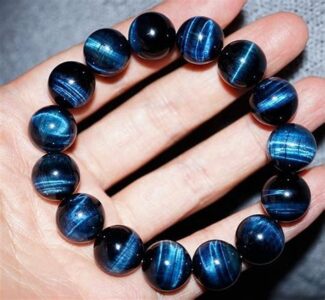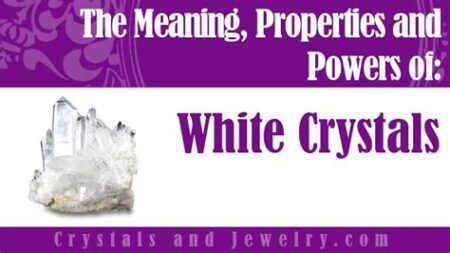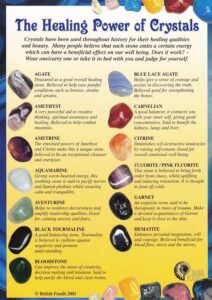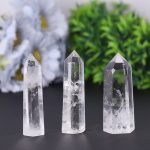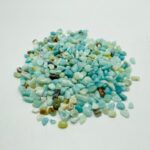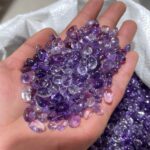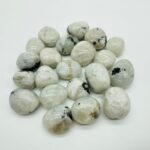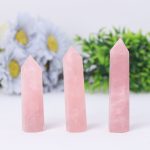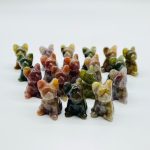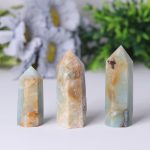From the depths of the Earth’s crust to the creations of human ingenuity, orange-colored crystals have captivated imaginations for centuries. Whether found in nature or synthesized in laboratories, these vibrant gemstones possess an allure that transcends time and culture.
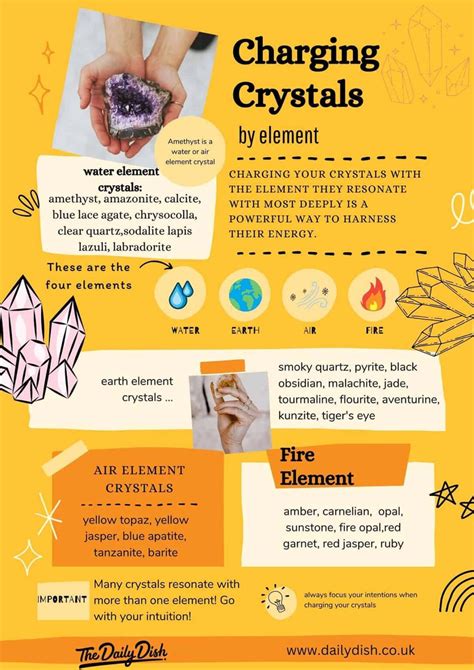
A Symphony of Hues
Orange crystals come in a spectrum of shades, from the fiery brilliance of Citrine to the mellow glow of Topaz. Each hue carries a unique charm and symbolism.
- Citrine: Gemologists often describe Citrine as “golden yellow” or “orange-yellow,” though it can range from a pale lemon shade to a deep amber color. Ancient Greeks and Romans believed Citrine brought wealth and prosperity.
- Imperial Topaz: The prized Imperial Topaz exhibits a rich orange hue that can vary from yellowish to orangish-pink. It symbolizes strength, clarity, and prosperity.
- Sunstone: This fiery crystal displays sparkling inclusions that resemble the sun’s rays. It is said to bring joy, warmth, and self-confidence.
Earth’s Orange Gems
Nature’s geological processes have resulted in a plethora of orange crystals found in various geological formations.
- Carnelian: A brownish-orange variety of Chalcedony, Carnelian has been a popular gemstone since antiquity. It is believed to promote courage, vitality, and passion.
- Orthoclase Feldspar: Usually transparent or translucent, the Orthoclase Feldspar can exhibit an orange hue known as “peach orthoclase” or “moonstone orthoclase.” It symbolizes intuition, clarity, and balance.
- Zircon: Found in a range of colors, Zircon often exhibits an orange hue due to natural irradiation. It is believed to enhance creativity, wisdom, and spiritual awareness.
Synthetic Marvels
Scientists have also created synthetic orange crystals with exquisite clarity and brilliance.
- Cubic Zirconia: A flawless, cubic-shaped crystal, Cubic Zirconia mimics the brilliance of diamond and can be engineered in various hues, including orange.
- Rutile: Synthesized Rutile crystals resemble Citrine in appearance but offer superior durability and brilliance.
- Corundum: While naturally occurring Corundum is typically blue (Sapphire) or red (Ruby), synthetic Corundum can be found in orange hues.
Beyond Beauty: Orange Crystals in Medicine and Technology
In addition to their aesthetic charm, orange crystals have promising applications in medicine and technology.
- Medical Applications: Orange crystals, such as Citrine and Carnelian, are believed to have healing properties related to the solar plexus chakra, which is associated with self-confidence, creativity, and digestion.
- Technological Applications: Orange crystals, such as Orthoclase Feldspar, are used in optics and electronics. They are also being explored for potential applications in solar cells and energy storage.
- Crystal Healing: Practitioners of crystal healing believe that orange crystals promote vitality, emotional balance, and a sense of purpose.
Common Mistakes to Avoid
When working with orange crystals, avoid these common mistakes:
- Overexposure to Sun: Prolonged exposure to sunlight can fade the color of orange crystals, especially Citrine.
- Chemical Exposure: Avoid exposing orange crystals to harsh chemicals, as they can damage or discolor them.
- Inappropriate Cleaning Methods: Only use mild cleaning solutions and avoid using ultrasonic cleaners, as they can damage some crystals.
Pros and Cons of Orange Crystals
Pros:
- Stunning and versatile color
- Variety of natural and synthetic options
- Potential therapeutic benefits
- Wide range of applications
Cons:
- Can fade in sunlight
- Some crystals may be susceptible to damage
- Not all orange crystals are created equal (e.g., some may be more expensive or less durable than others)
FAQs
-
What is the difference between natural and synthetic orange crystals?
– Natural crystals are formed through geological processes, while synthetic crystals are created in laboratories. -
Can orange crystals help with physical or emotional issues?
– Some people believe that orange crystals have healing properties, but there is limited scientific evidence to support these claims. -
How can I use orange crystals in my life?
– You can wear orange crystals as jewelry, place them around your home or office, or carry them in your pocket or purse. -
What are some creative applications for orange crystals?
– Orange crystals could be used in solar energy, jewelry, fashion accessories, art installations, and optical components. -
How do I clean orange crystals?
– Use warm, soapy water and a soft cloth. Avoid using harsh chemicals or ultrasonic cleaners. -
Can I combine different types of orange crystals?
– Yes, you can combine different types of orange crystals to create a variety of effects. For example, Citrine and Sunstone can be combined to promote creativity and joy.
Conclusion
Orange-colored crystals, whether found in nature or created in the laboratory, offer a captivating array of hues and potential applications. From the fiery gleam of Citrine to the mellow glow of Topaz, these vibrant gems and minerals inspire awe and wonder. Whether you seek their aesthetic beauty, healing properties, or technological advancements, orange crystals will surely leave a lasting impression.
Tables
Table 1: Natural Orange Crystals
| Crystal | Color | Properties |
|---|---|---|
| Citrine | Golden yellow to orange-yellow | Wealth, prosperity, creativity |
| Imperial Topaz | Rich orange to orangish-pink | Strength, clarity, prosperity |
| Sunstone | Fiery orange with sparkling inclusions | Joy, warmth, self-confidence |
| Carnelian | Brownish-orange | Courage, vitality, passion |
| Orthoclase Feldspar | Peach to orangish-pink | Intuition, clarity, balance |
| Zircon | Orange due to irradiation | Creativity, wisdom, spiritual awareness |
Table 2: Synthetic Orange Crystals
| Crystal | Color | Properties |
|---|---|---|
| Cubic Zirconia | Flawless, orange | Diamond-like brilliance |
| Synthetic Rutile | Resembles Citrine | Superior durability and brilliance |
| Synthetic Corundum | Orange | Synthetic version of Sapphire or Ruby |
Table 3: Orange Crystal Applications
| Application | Type of Crystal | Benefits |
|---|---|---|
| Jewelry | Citrine, Topaz, Carnelian | Adds color, beauty, potential healing properties |
| Home Decor | Sunstone, Orthoclase Feldspar | Brings warmth, joy, and clarity |
| Energy Healing | Citrine, Carnelian | Promotes creativity, vitality, balance |
| Optics and Electronics | Orthoclase Feldspar | High-performance components |
| Solar Cells and Energy Storage | Rutile | Potential for improved efficiency |
Table 4: Orange Crystal Care
| Crystal | Cleaning | Storage | Exposure |
|---|---|---|---|
| Citrine, Topaz, Imperial Topaz | Mild soap and water | Soft cloth bag | Avoid prolonged sunlight |
| Carnelian, Orthoclase Feldspar | Mild soap and water | Soft cloth bag | Avoid harsh chemicals |
| Sunstone | Warm soapy water | Soft cloth bag | Avoid prolonged sunlight |
| Zircon, Cubic Zirconia, Synthetic Rutile | Mild soap and water | Soft cloth bag | No special precautions |

